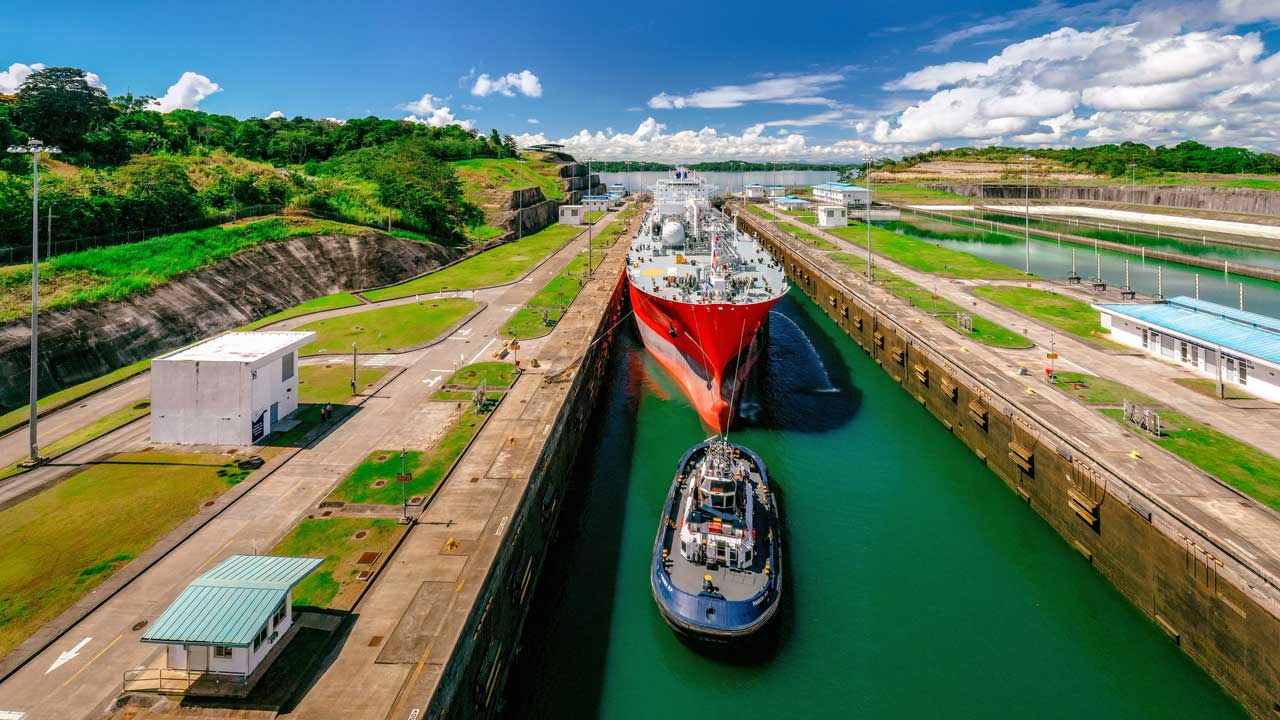
Image: Panama Canal Authority
The Panama Canal, a vital artery for global trade, is set to witness a significant reduction in daily ship crossings due to the impact of worsening drought conditions, attributed in part to the El Niño phenomenon. The canal, facilitating over 3% of world trade, relies on freshwater to operate its locks and is grappling with one of the most severe droughts on record.
In an unprecedented move earlier this year, the canal authorities curtailed the daily number of ship transits to 31, down from the usual average of 36. Now, faced with the driest October in the region since 1950, the authorities are poised to further slash daily crossings to 25, with a gradual reduction leading to a mere 18 per day from February next year.

The reservoir system supplying the canal, integral not only to its operation but also providing drinking water for nearly half of Panama’s population, is under strain. The canal authority expressed concerns about the upcoming dry season and urged customers to make reservations for transit due to the minimal water reserve.
This development is particularly significant as it unfolds during Panama’s wet season, a period traditionally immune to such restrictions. The canal, a linchpin for global container shipping, is crucial for trade routes between Asian countries, such as China, and the east coast of the United States, facilitating the movement of diverse goods from petroleum products to vehicle parts and grains.
Analysts had previously identified the canal as a wildcard in global container shipping, and the latest restrictions come as a potential disruptor in the lead-up to the busy Christmas shopping season. Container ship operators, anticipating delays, are more likely to secure reservations, while those without bookings face an average wait time of 2.7 days, according to canal authority data.

Freight forwarder and logistics company Flexport noted in a recent newsletter that the reduced number of crossings could result in delays of approximately two to three days for container services. However, it emphasized that despite the delays, the Panama Canal route would still be faster than the Suez Canal for most Asian ports. To mitigate potential disruptions, Flexport suggested considering alternative routes, such as through the US or Canadian West Coast, or utilizing rail and trucking services.
The constraints on the canal’s operations come at a challenging time for Panama, heavily reliant on the canal’s annual revenue exceeding $4.6 billion. The country is also grappling with large protests in Panama City against a significant copper mine, responsible for about 4% of the gross domestic product.
Source: FT & Pancanal.com
